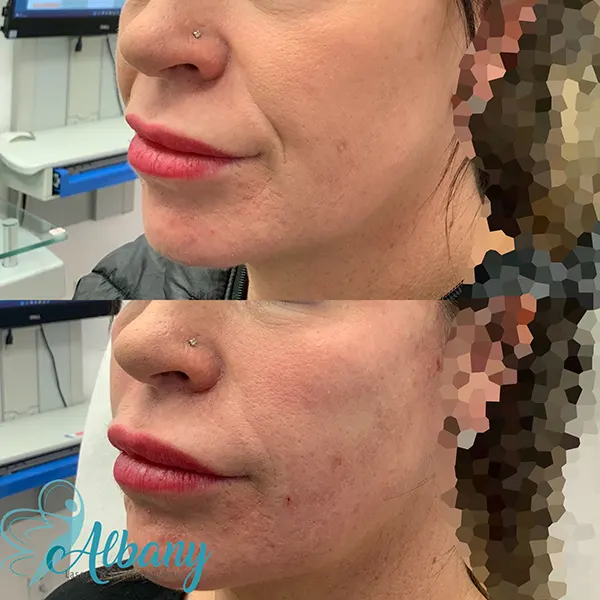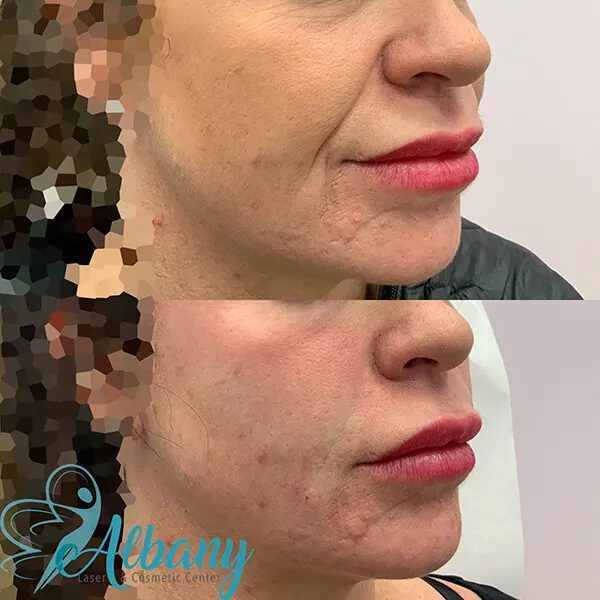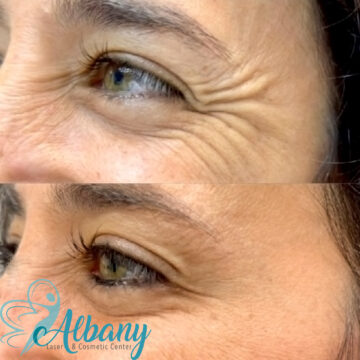Nasolabial Fold Filler Edmonton





What Are Nasolabial Folds?
These are natural folds of skin that frame the mouth and nose. Over time they become more pronounced due to:
- Natural aging and gravity – loss of collagen and elastin causes the skin to sag and creases deepen.
- Sun exposure – UV damage breaks down collagen, accelerating skin aging.
- Weight changes – fluctuations can leave excess or sagging skin around the mouth.
- Repetitive facial expressions – smiling, laughing and talking fold the skin repeatedly.
- Lifestyle factors – smoking, poor nutrition and sleeping on your side may contribute.
While laugh lines are a normal part of facial expression, many people choose to reduce them for a more youthful look.
Nasolabial Fold Filler Treatment in Edmonton
Benefits of Nasolabial Fold Fillers
Choosing fillers to address smile lines offers numerous advantages:
- Instantly restores lost volume and supports the skin for a smoother appearance.
- Stimulates collagen production for long‑term skin plumping.
- Improves facial contours and provides a subtle lifting effect.
- Minimal downtime—most clients return to work the same day.
- Natural‑looking results that can be adjusted at follow‑up visits.
Types of Fillers & Duration
Our clinic offers a variety of FDA‑approved fillers tailored to your needs:
- Hyaluronic acid (HA) – Soft, gel‑like fillers such as Juvéderm, Restylane and Belotero last around 6–12 months before being absorbed by the body.
- Calcium hydroxylapatite (CaHA) – Thicker fillers like Radiesse are used for deeper folds and often last about 12 months.
- Poly‑L‑lactic acid – Sculptra stimulates collagen growth and can provide results for more than two years.
Your practitioner will recommend the best product based on the depth of your folds, desired longevity and personal preferences.
Cost of Nasolabial Fold Fillers in Edmonton
Request Your Appointment Today
Request your consultation today and discover how our treatment can refresh your appearance.
Call us at (587) 520‑2835 or use our online booking form to schedule an appointment.
Read our privacy policy here
Frequently Asked Questions
What are nasolabial folds?
What causes nasolabial folds to deepen?
How do dermal fillers work on smile lines?
What types of fillers are used?
How long do nasolabial fold fillers last?
Is the procedure painful?
Recovery & Aftercare
Related Services at Albany Cosmetic & Laser Centre
{ “@context”: “https://schema.org”, “@type”: “MedicalProcedure”, “name”: “Hair Restoration Procedure”, “description”: “Effective hair restoration treatments including PRP therapy, low-level laser therapy (LLLT), microneedling, hair-growth injections, exosome